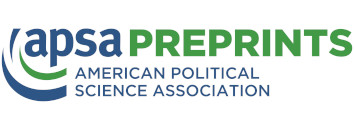Abstract
This study compares higher education accreditation and quality assurance systems in the United States (U.S.) and Central African Economic and Monetary Community (CEMAC) countries, highlighting the potential for selective adaptation of the U.S. model to improve the CEMAC higher education landscape. A comparative policy analysis approach was used, which included legal texts, policy documents, reports, and scientific publications from CEMAC higher education organisations and subregional entities as well as U.S. government and accreditation bodies. The data reveals that the U.S. system excels in financial stability, openness, and constant quality improvement, while CEMAC countries, on the other hand, confront obstacles as a result of weak legislative frameworks, varying accrediting requirements, and limited financial resources. Higher education institutions in CEMAC could enhance their credibility and performance by adopting U.S. standards, such as expedited accreditation procedures and enhanced regulatory monitoring, while also taking into account the unique challenges of their respective countries.


![Author ORCID: We display the ORCID iD icon alongside authors names on our website to acknowledge that the ORCiD has been authenticated when entered by the user. To view the users ORCiD record click the icon. [opens in a new tab]](https://preprints.apsanet.org/engage/assets/public/apsa/logo/orcid.png)
